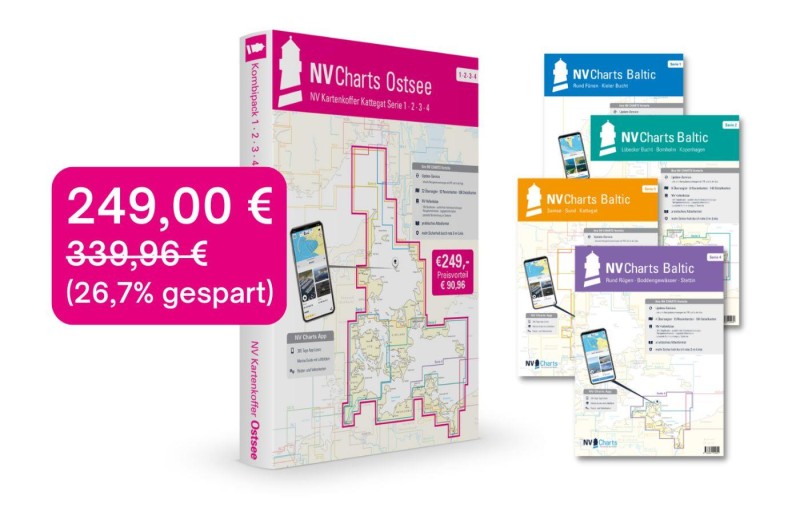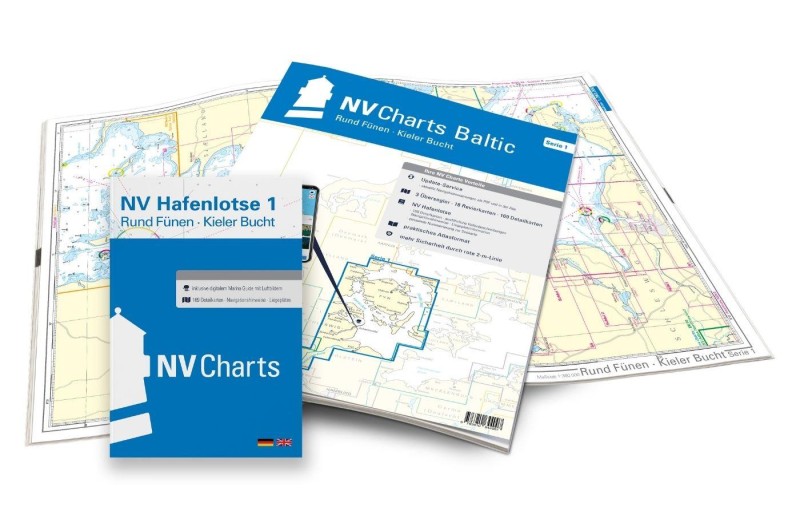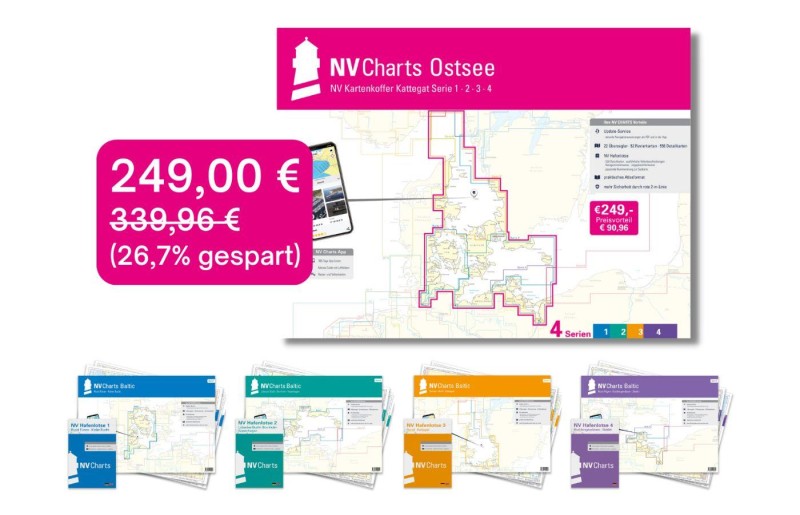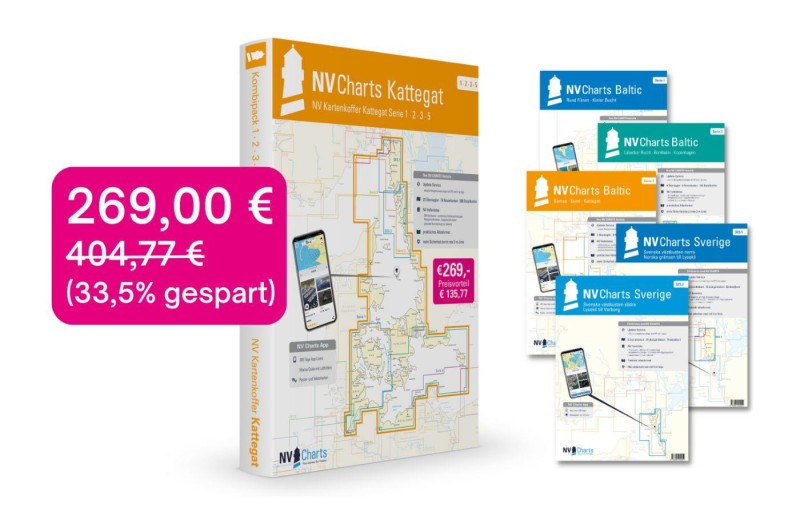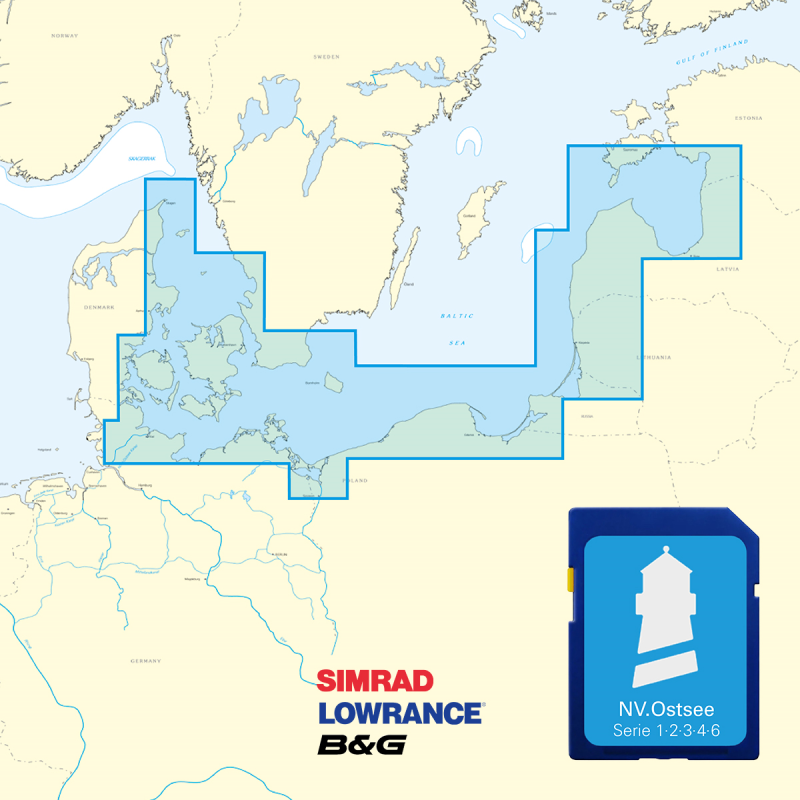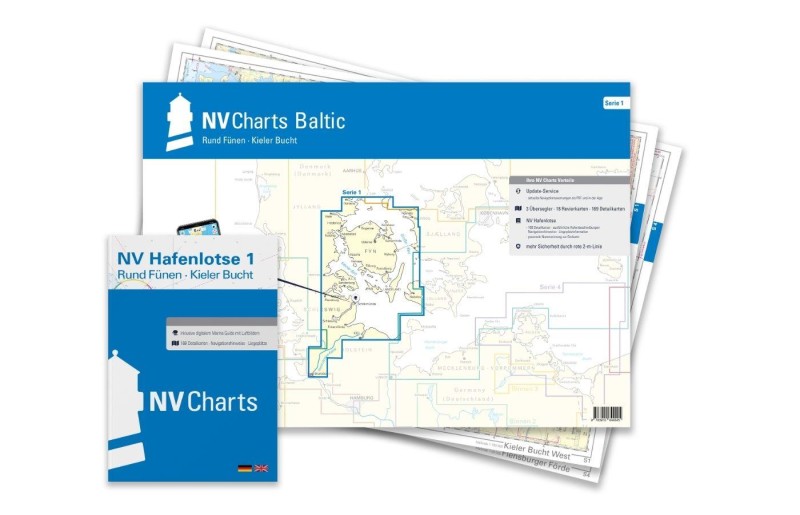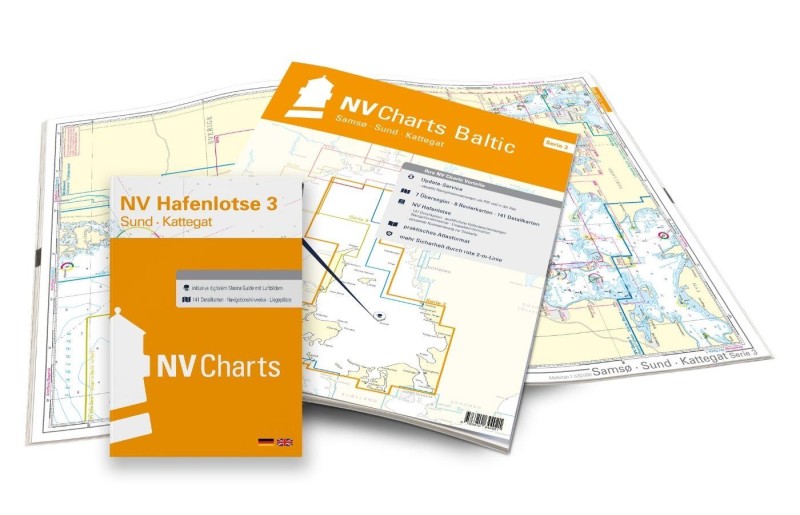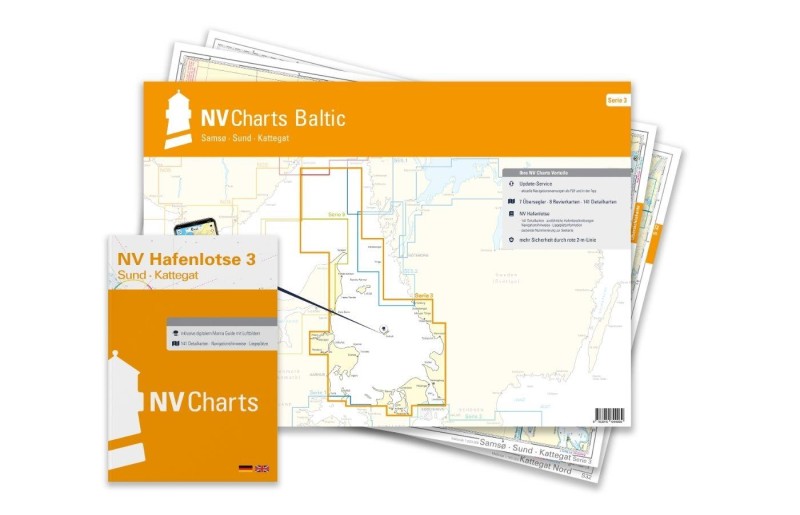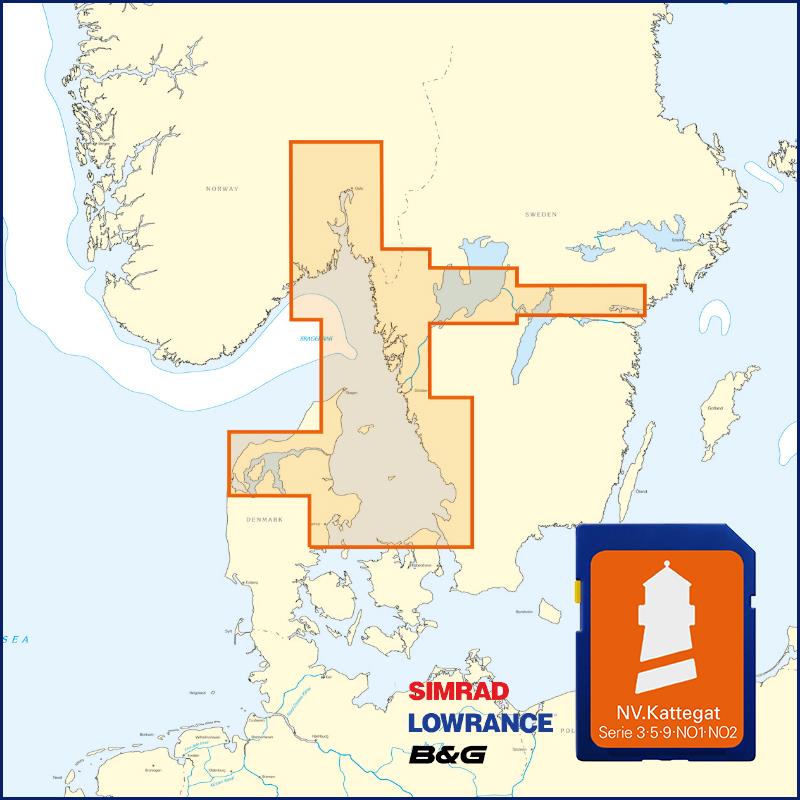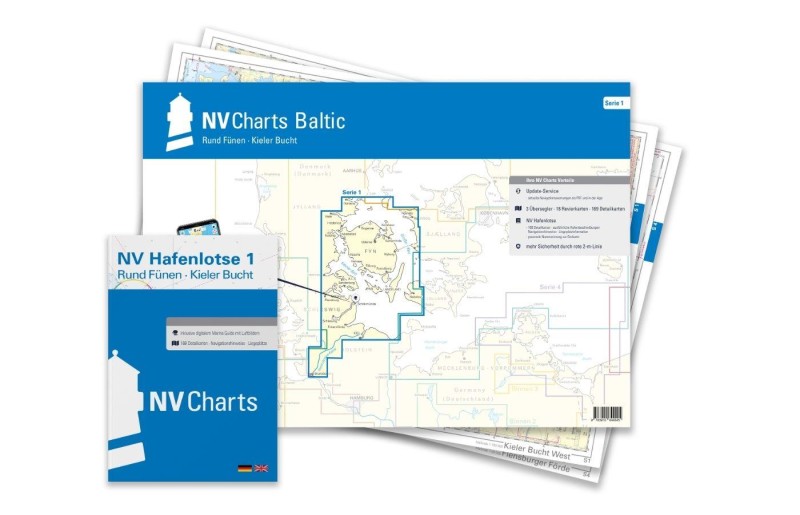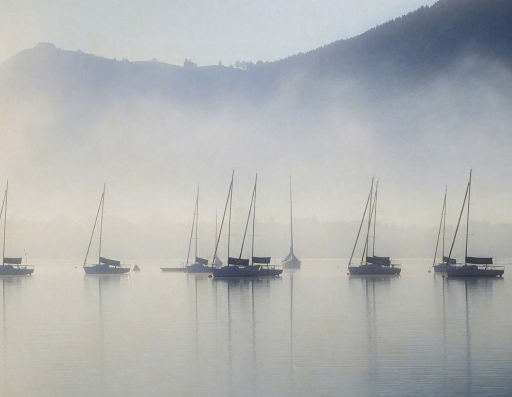Ballen
Marina near Ballen
Latitude
55° 48’ 58.9” NLongitude
10° 38’ 25.5” EDescription
Beautifully situated fishing and former commercial harbour, now mainly used by pleasure boats and often crowded during the summer months.
NV Cruising Guide
Navigation
The approach to the lighted harbour is unproblematic day and night. A little confusing is the approach from the east during the night, because the outer pier is pulled forward and thus the red pier light is visually on the right. Only after you have rounded it, red and green are again on the usual side. A good landmark is the large white silo of the village. The ferry harbour at Balleshage is closed for pleasure boats.
Berths
The yachts are moored at the south and north pier mostly in packs (which are sometimes very large) or also at stern buoys. The fishing basin is not to be used by guests unless with permission of the harbour master or fishermen. The water depths are 2.5 - 3.5 m, the entrance tends to silting up.
Surroundings
In Ballen you will find sanitary facilities, which are unfortunately not sufficient when the harbour is very busy. Otherwise there are satisfactory shopping facilities close to the harbour. The harbour dues are to be paid as soon as possible at the harbour master's office. If the harbour master discovers defaulters during the tour, they will have to pay double harbour dues. A bunker station can be found at the entrance to the fishing basin.
Harbour dues can also be paid online via cpay.dk. A paid reservation of a berth is possible. Very friendly and pragmatic staff in the harbour office. A power release is system-controlled after online payment under notification of the column / socket to be used by SMS.
NV Land Guide
Ballen lies on the "Iogian Way" between the Belts and the northern Kattegat. So in high season, this harbour looks like it usually does at such route posts: crowded. But the constant bale-fan-community doesn't mind that as much as the streams of tourists that pour over the place from the land side during the holiday season. For the harbour offers plenty of space on the one hand and very good excursion opportunities on the other.
The town itself is a typical Danish hamlet that has discovered sailors as a welcome source of income. It is considered a relatively quiet place despite its resort character. Because the importance of the cargo and fishing harbour has decreased more and more, noise pollution in the outer harbour basin is a rarity. Only the cars driving up to the harbour quay occasionally disturb.
Once around to the left in the square and after ten minutes you know where the "strategically" important houses (such as the grocery store) are and can then first rummage around in the antique and colonial goods shop at the harbour. The restaurant with a view of the harbour has certainly caught your eye by now, as has the good home-style restaurant in the middle of town (both to be recommended). The lack of historical sights can be explained by the still young history of the small town. Until the beginning of the 19th century, Ballen was nothing more than a loading point for the village of Brundby.
You will also have quickly explored the acceptable bathing beach on both sides of the harbour. So it is advisable to head for the "Samsø Cykeludlejning ApS" next to the sanitary building soon if you want to see a bit more of the south of Samsø on a rented bike.
As a first round trip (clockwise), the towns of Brundby, Tranebjerg and Besser could be on the programme first. Sight number one would then be, between Brundby and Tranebjerg, Kolhøj Mølle, a thatched-roofed trestle mill that was built on the island of Endelave in 1650 but dismantled there and shipped to Samsø around 1700. For a few centuries of the Middle Ages, Brundby was the most important village on the South Island, its mill, visible from afar, also acting as an important shipping landmark.
In the island's capital, Tranebjerg, exhibitions at Samsø Museumshof give an idea of how the island's farmers, craftsmen and fishermen once lived. Also on display at Museumsvej are a number of impressive archaeological finds that prove the island was settled early on. Among these pieces is one of the oldest testimonies to human existence in the Kingdom of Denmark: an axe made of reindeer antler discovered near Tranebjerg in 1922. It is about 12,000 years old! Similarly sensational was the discovery of an 8,000 year old harpoon tip in the bog near Tranebjerg. The preference of prehistoric people for the area around Tranebjerg is explained by the fact that large swamp areas here offered the best conditions for fishing. The ground flint axes of the Stone Age people are almost a common find. The fact that people also lived on the island in the Bronze Age is proven by the barrows on the southern island, for example at Alstrup and Ørby.
Of Samsø's 5000 inhabitants, 1000 live in the island's capital, Tranebjerg. The town owes its development into a commercial and administrative centre to its central location. Already in the early Middle Ages, when Tranebjerg was still a small village with only a few farms, the future importance of the island's centre became apparent. At this strategically favourable place the population gathered together and hid in the fortress-like church when danger threatened. The road to Tranebjerg was about the same length from the coastal settlements of southern Samsø, and therefore the best meeting place to quickly gather the largest possible number of defenders.
The imposing church tower dates from around 1350, and hot pitch was once poured from its embrasures and openings on attackers. The listed church barn housed the pigs and cows - food supplies for a prolonged siege. The "pig rust" at the church portal prevented the animals from moving away.
All that remains of the royal castle "Alt Brattingsborg", diagonally opposite the church, are a few puny remains of walls and a small mound. Yet the castle is said to have been a fortress hardly inferior in size to the castle of Kalø (see Nappedam). It is hard to imagine that there was a landing place for ships where the school now stands. Consequently, a narrow inlet must have led to Tranebjerg. Queen Bengerd resided at Old Brattingsborg around 1215. Her husband, King Waldemar the Victorious, had bequeathed Samsø to her as a wedding gift. In 1288 the fortress was stormed by Stig Andersen and his men and subsequently razed to the ground. Outlawed for his regicide, Stig Andersen (see Øer) made Samsø and Hjelm bases for his feared raids. Subsequently, the island of Samsø was the plaything of power interests for many centuries due to its strategically important location.
From the viewing platform on Møllebakken (Mill Hill), before continuing the bike ride to Besser, you should enjoy the view. It is located on Møllebakkevej about 250 metres south of the museum. The route to Besser passes through both the small village of Torup and Langemark.
You can stock up on fresh provisions at the self-service fruit and vegetable stalls set up along the roads by the farmers. The money for these is placed in an openly displayed cash box.
The distinct agricultural character of the island is striking. It is also known as the vegetable garden of Denmark. Asparagus, onions, cucumbers, beetroot, carrots and strawberries are grown in large quantities and shipped to the rest of the kingdom. The export hit is the Samsø potato, cultivated in 1910 by a gardener in Tranebjerg. The special feature of this yellowish tuber is that it can be harvested a month before the usual early potatoes, giving the island farmers a decisive time advantage. That is why the delicate side dish is called "Gold of the island".
Between Langemark and Besser lies the Besser church on the narrow country road. It presents itself with its whitewashed bricks and red roof in the typical appearance of Samsø churches. The oldest part of the church, the nave, dates from the 13th century. Jewels are the altarpiece (1589) and the pulpit (1602). The special feature of the cemetery is a larger number of old, weathered gravestones.
After four kilometres of cycling (from Tranebjerg) you come to the entrance of Besser, where the old vicarage of the village from 1750 stands. Samsø's schoolmasters were educated here in the early 19th century. Behind the farmhouse, turn left into Skolegade, named after the old school building (1728), which can be found in the right-hand bend on the left-hand side. Back on the main road, at Antikvitetsgade, the narrow Kærvej and a dirt road lead to the Besser lookout tower. Here, where you can enjoy a fine view over Stavns Fjord (see Langør), once stood a mill that burned down in 1913 during work on a silent film.
To the northeast, via Sildeballe, you come to the seven-kilometre-long Besser Reef, only a few metres wide, which protectively surrounds Stavns Fjord. Only the upper arm of the reef is accessible. The rest of the reef is a bird sanctuary. In Stenskov (Stone Forest) on the reef, Molly Olsen's weaving mill can be visited in the morning.
On the way back, it is essential to take the scenic route from Langemark towards Holmsborg, which leads from Holmsborg along the shore of the Samsø Belt back to Ballen.
So much for our first tour suggestion; on a second tour, Brattingsborg and Vesborg Lighthouse could be headed for as sights. The route to Brattingsborg leads straight south to the settlement of Nørreskifte (four kilometres) and from there west to the village of Ørby (three kilometres). On the way you pass the largest pigsty in Europe. 15000 pigs are fed to slaughter in the "pig production centre" every year.
One kilometre south of Ørby, behind a magnificent avenue, rises the little castle built in 1870, which once belonged to Count Griffenfeld.
The tricky and influential Chancellor of the Realm never got around to converting the manor house into a castle, because he fell out of favour with the King and spent the rest of his days in a Norwegian prison. In 1677 the king gave the manor as a hereditary fief to the Danneskjold-Samsøe family, who still own it today. A 15-kilometre fence running across the South Island marks the 1500 hectares of land that belong to the estate. But that's not all: Nordbyer Heide north of Langør and most of the islands in Stavns Fjord also belong to the nobility.
From the car park near the castle you can reach the castle park in a few minutes, but it's only open to the public on Tuesdays and Fridays. The remains of the wall at the edge of the park come from a fortified house, in which the women were accommodated during warlike conflicts on the Vesburg (see below).
The noble family owes its large landholding to the services of Sophie Amalia Moth (keyword: The same procedure as ... ). She was the king's mistress some 300 years ago and probably fulfilled her duties with such devotion that Christian V gave her Samsø as a "morning gift". In view of Samsø's central strategic role in the kingdom over the centuries, the gift was a much appreciated one. The king's generosity does not seem to have carried over to Sophie's fenced-in descendants, which cannot be blamed on them. In any case, the castle is not open to the public.
But as a substitute, one can make do with the castle's beautiful forest, south of the park and castle. Where the path joins the forest is Ørnslund (Eagle's Grove), an idyllically situated forester's lodge. Brattingsborg-Skov is a picture-book forest with huge beech trees and a "primeval forest atmosphere". Several paths lead past forest lakes and small watercourses through the forest to the beach. A passage grave worth seeing lies on the eastern edge of the forest of Brattingsborg - and indeed the largest on the island.
Although a path leads along the shore to the Vesborg beacon west of the forest, by bike the route running along the castle is recommended. Where the lighthouse stands today, in Viking times there was a castle surrounded by swamp, about which almost nothing is known except that it must have been difficult to capture. One of them finally succeeded, because only parts of a horse harness from the Viking Age and a crossbow arrow were found.
Marina Information
| Max Depth | 3 m |
Contact
| Phone | +45 3076 1904 |
| Please enable Javascript to read | |
| Website | https://www.visitsamsoe.dk |
Surroundings
Electricity
Water
Toilet
Shower
Restaurant
Crane
Atm
Internet
Fuel
Diesel
Petrol
Ramp
Public Transport
Bikerental
Garbage
Comments
You can add comments with the NV Charts App (Windows - iOS - Android - Mac OSX).
You can download the current version at nvcharts.com/app.
Buy nv charts covering this place Clicking one of the products will open the nv charts shop.
Places nearby
Related Regions
This location is included in the following regions of the BoatView harbour guide:
